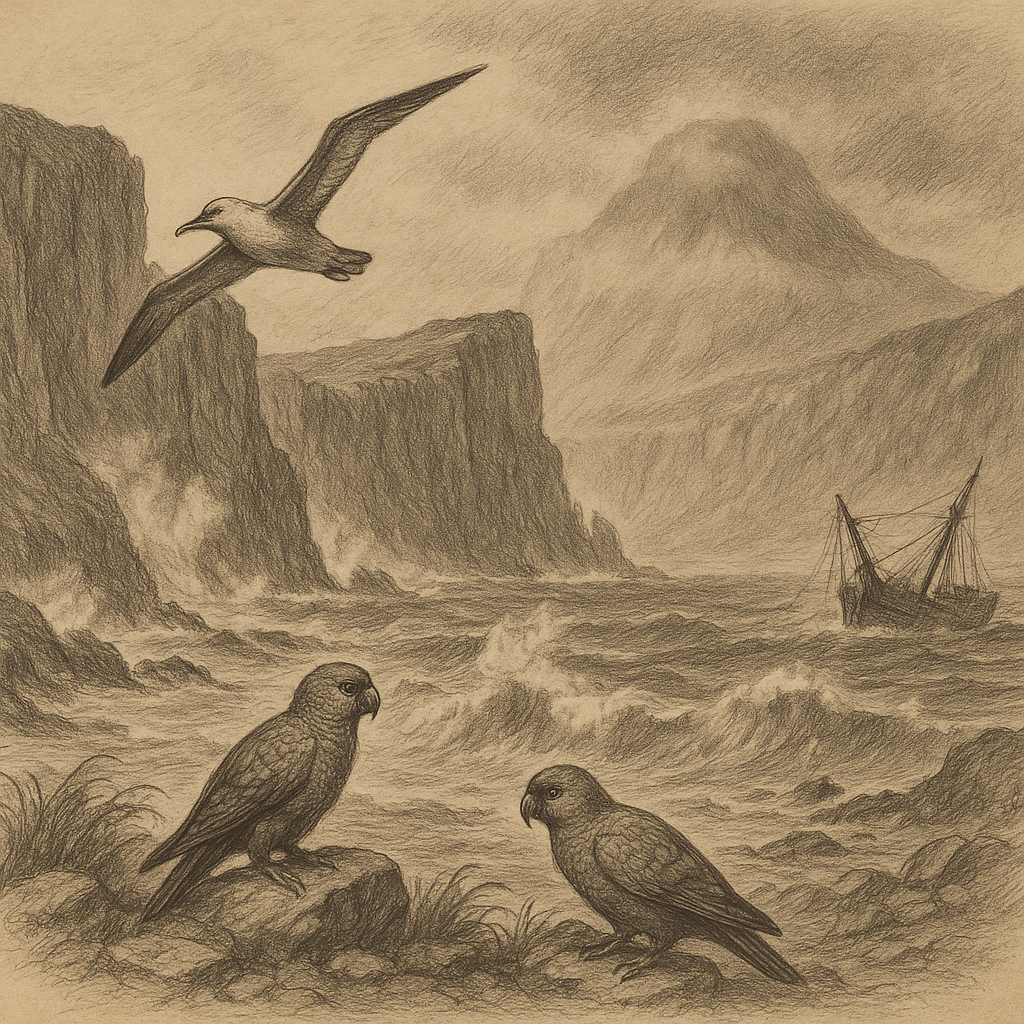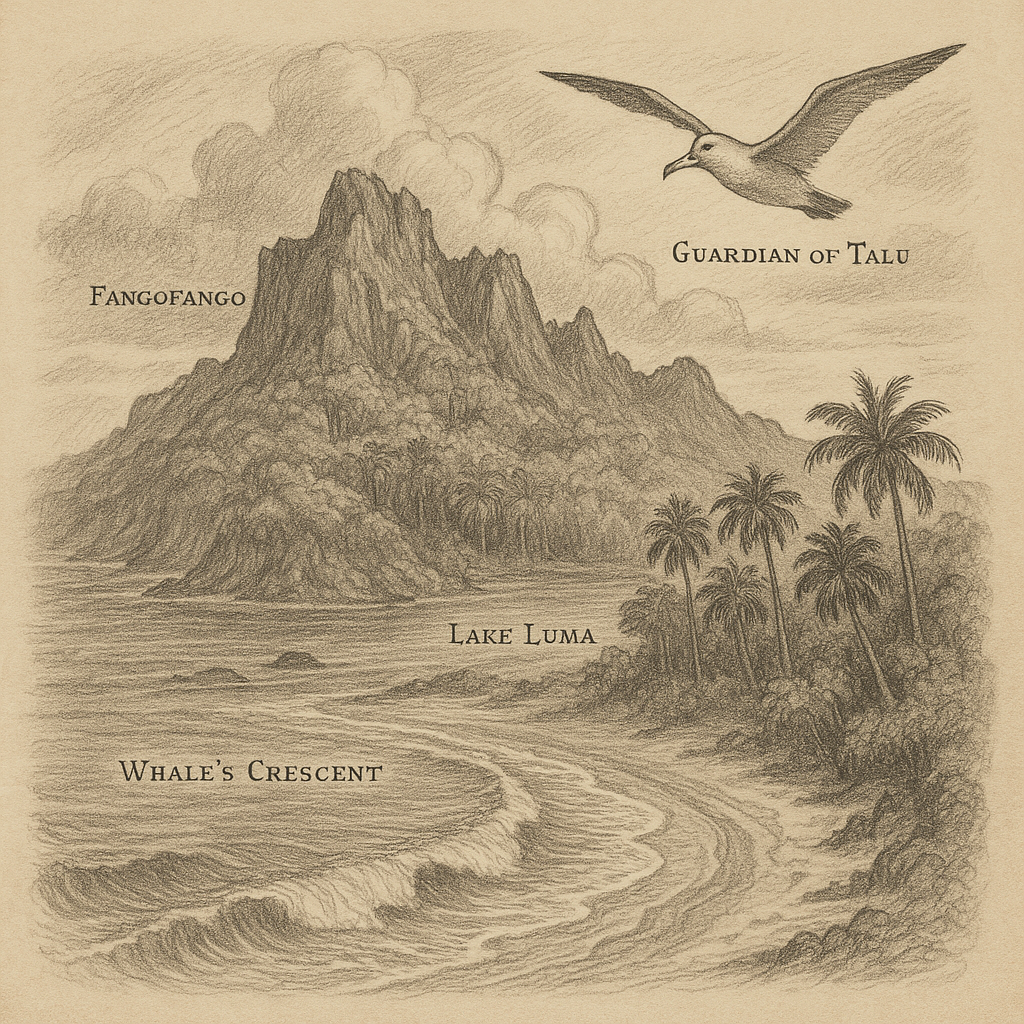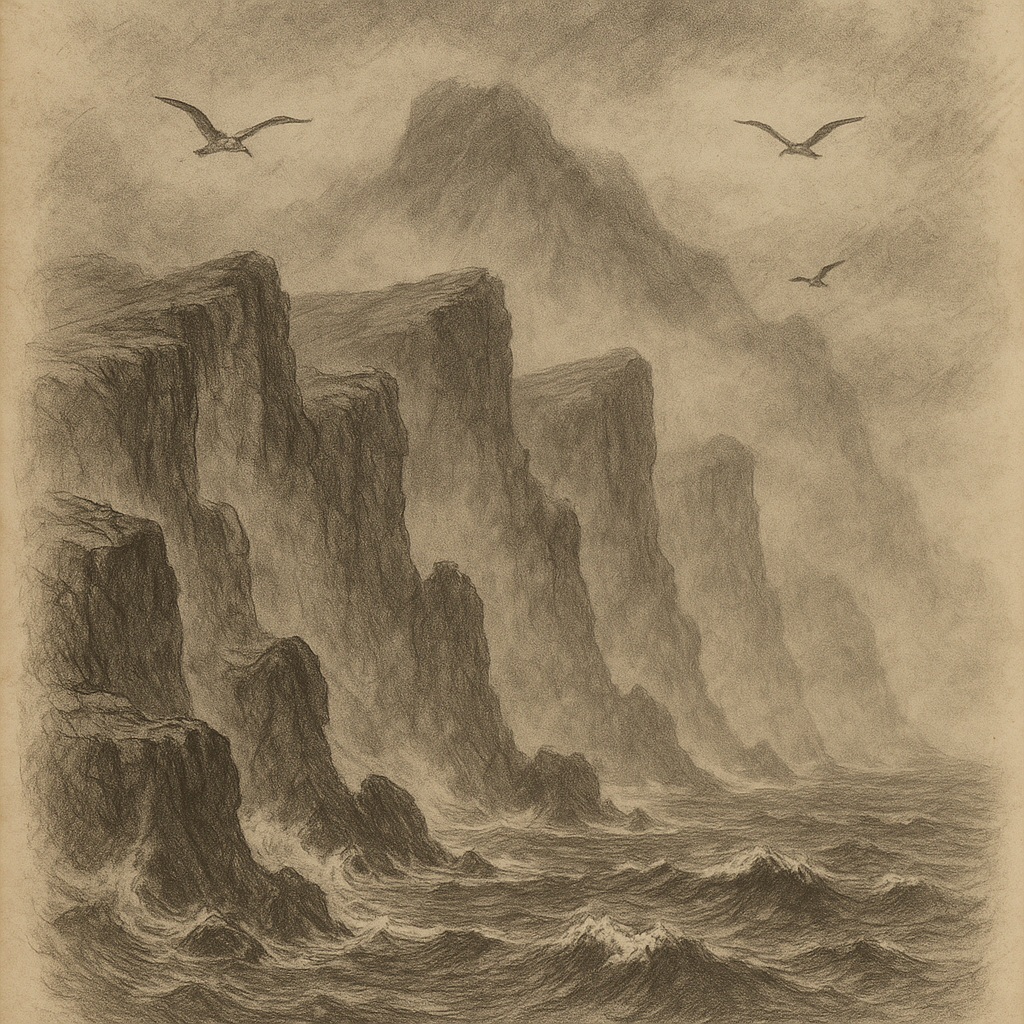Antipodes Island: A Remote Wildlife Sanctuary in the Southern Ocean Antipodes Island, part of the New Zealand Subantarctic Islands, lies deep in the Southern Ocean — one of the most remote and inhospitable regions on Earth. Despite its isolation, this rugged, windswept island harbors a unique ecosystem and a mysterious history filled with perilous shipwrecks and whispered legends. Located around 860 kilometers southeast of Stewart Island, Antipodes Island is a place of rare natural beauty and scientific significance. Geography and Location Antipodes Island is the largest in the Antipodes Islands group, a volcanic archipelago situated approximately 860 km southeast of New Zealand. The group includes several smaller islands and islets, such as Bollons Island, Leeward Island, and Windward Island. The main island itself spans roughly 21 square kilometers. Its most prominent features include steep cliffs, basaltic lava flows, and high ridges, with Mount Galloway being the highest point at 366 meters above sea level. Surrounded by cold subantarctic waters and buffered by relentless winds and heavy seas, Antipodes Island remains largely untouched by human activity. The geographical remoteness and harsh climatic conditions have helped preserve its unique environment, though they also make access exceedingly difficult — visitation is strictly controlled and permitted only for scientific or conservation purposes. Volcanic Origin and Geological Features Like other Subantarctic islands, Antipodes Island is of volcanic origin. It was formed millions of years ago through undersea volcanic activity associated with the Macquarie Ridge, a major tectonic boundary where the Australian and Pacific plates interact. The island’s rugged terrain is a testament to its fiery past, showcasing dramatic landscapes shaped by ancient lava flows and erosion. The island’s geology consists mainly of basaltic and andesitic rock with numerous volcanic cones, lava tubes, and scoria mounds. These geological formations are of particular interest to scientists studying the tectonic evolution of the southwestern Pacific region. Climate and Vegetation Antipodes Island experiences a cold, wet, and windy subantarctic climate. Annual rainfall averages around 1,200 mm, and temperatures rarely rise above 10°C even in summer. Dense fog, frequent gales, and sudden temperature drops are common phenomena. The island’s vegetation is dominated by megaherbs, including the iconic Anisotome antipoda and Bulbinella rossii. These large-leaved, vividly colored plants thrive in the island’s nutrient-rich soils and combine with tussock grasses and low-lying shrubs to create a unique botanical environment found only in New Zealand’s Subantarctic region. Wildlife and Biodiversity Antipodes Island is a sanctuary for seabirds and marine mammals. Recognized as an Important Bird Area (IBA) by BirdLife International, the island supports globally significant populations of several endemic and endangered bird species. Among them is the Antipodean albatross (Diomedea antipodensis), which breeds almost exclusively on the island. Other notable avian residents include the erect-crested penguin, Reischek’s parakeet, and several species of petrels and shearwaters. The island’s rodent-free status, achieved after an extensive conservation campaign completed in 2016, has further contributed to the recovery of native bird populations. Marine life around the island is also rich, with colonies of New Zealand fur seals and sightings of southern right whales, humpbacks, and orcas in the surrounding waters. Human History and Impact The Antipodes Islands have no known history of permanent human habitation. The islands were first charted in 1800 by Captain Henry Waterhouse of the Royal Navy, who named them due to their location being near diametrically opposite (antipodal) to London. In the years that followed, various sealing expeditions visited the island, resulting in the near-extermination of fur seal populations by the mid-19th century. The islands also bear a somber legacy of shipwrecks. In 1893, the barque President Félix Faure was wrecked on Antipodes Island, and in 1908 the French barque Hélène foundered nearby — leaving survivors stranded for months before being rescued. These incidents led to the establishment of castaway depots stocked with emergency supplies on several Subantarctic islands by the New Zealand government in the early 20th century. Interesting Facts – Antipodes Island is one of the few places in the world that supports multiple endemic parakeet species in the wild — both the Antipodes parakeet and Reischek’s parakeet live exclusively on the island. – The entire Antipodes Islands group was designated a UNESCO World Heritage Site in 1998 as part of the “New Zealand Sub-Antarctic Islands” group, thanks to their outstanding ecological value. – The successful “Million Dollar Mouse” project, concluded in 2016, eradicated invasive mice from the island, a crucial step for protecting nesting seabirds and endemic insect species. – Despite its small size, Antipodes Island is considered one of the most important breeding grounds for albatrosses in the southern hemisphere. Legends and Myths Despite its isolation, or perhaps because of it, Antipodes Island has inspired several maritime legends — tales woven from survival stories and the haunting desolation of the subantarctic seas. According to some accounts, sealers in the early 19th century spoke of ghostly apparitions and unexplained noises echoing through the basalt canyons at night. Local Māori mythology, though sparse regarding the subantarctic islands, includes references in some oral traditions to distant southern islands inhabited by spirits or “patupaiarehe,” supernatural beings known to dwell in misty and remote places. One of the most enduring legends surrounds the disappearance of a Norwegian whaling tender thought to have vanished near the island in the 1920s. No wreckage was ever found, and rumors persist among some seafarers that the ‘Island of Silence,’ as it is sometimes called, harbors secrets that the sea will never yield. Conservation and Access Today, Antipodes Island is managed as a nature reserve under the jurisdiction of New Zealand’s Department of Conservation. Access is strictly restricted and usually limited to scientific researchers and conservation teams. Permits are required, and all visits are subject to biosecurity regulations intended to protect the island’s delicate ecosystem. Thanks to ongoing conservation efforts, the island remains a living laboratory and a beacon of hope for global biodiversity. The eradication of invasive species, continued seabird monitoring, and habitat preservation are at the heart of protecting this remote subantarctic gem for future generations. Conclusion Antipodes Island stands as a testament to the resilience of life in one of Earth’s harshest environments. With its dramatic volcanic terrain, unique flora and fauna, and storied past, the island captures the imagination of scientists, sailors, and storytellers alike. Though few will ever walk its windswept shores, its legacy as a sanctuary for rare species and human history endures — carved in stone, whispered in legends, and sung in the cries of the albatross circling above the endless Southern Ocean.

Antipodes Island
Do you like my work? Buy Me A Coffee
Do you like my work? Buy Me A Coffee
-

Antipodes Island
Antipodes Island: A Remote Wildlife Sanctuary in the Southern Ocean Antipodes Island, part of the New Zealand Subantarctic Islands, lies deep in the Southern Ocean — one of the most remote and inhospitable regions on Earth. Despite its isolation, this rugged, windswept island harbors a unique ecosystem and a mysterious history filled with perilous shipwrecks…
-

Fangofango Island
Fangofango Island: A Hidden Jewel of the Pacific Nestled in the vastness of the South Pacific Ocean, Fangofango Island is one of the most remote and enigmatic landmasses in this aquatic expanse. Little-known to the outside world and rarely visited even by seasoned travelers, this small volcanic island lies roughly 950 kilometers southwest of Samoa…
-

Tristanite Eastern Island
Tristanite Eastern Island: A Remote Enigma of the South Atlantic Nestled in the vastness of the South Atlantic Ocean lies one of the most remote and least-known landmasses on Earth—Tristanite Eastern Island. Isolated by thousands of kilometers of open sea, this fragment of land forms part of the Tristan da Cunha archipelago and is known…
by
Tags: